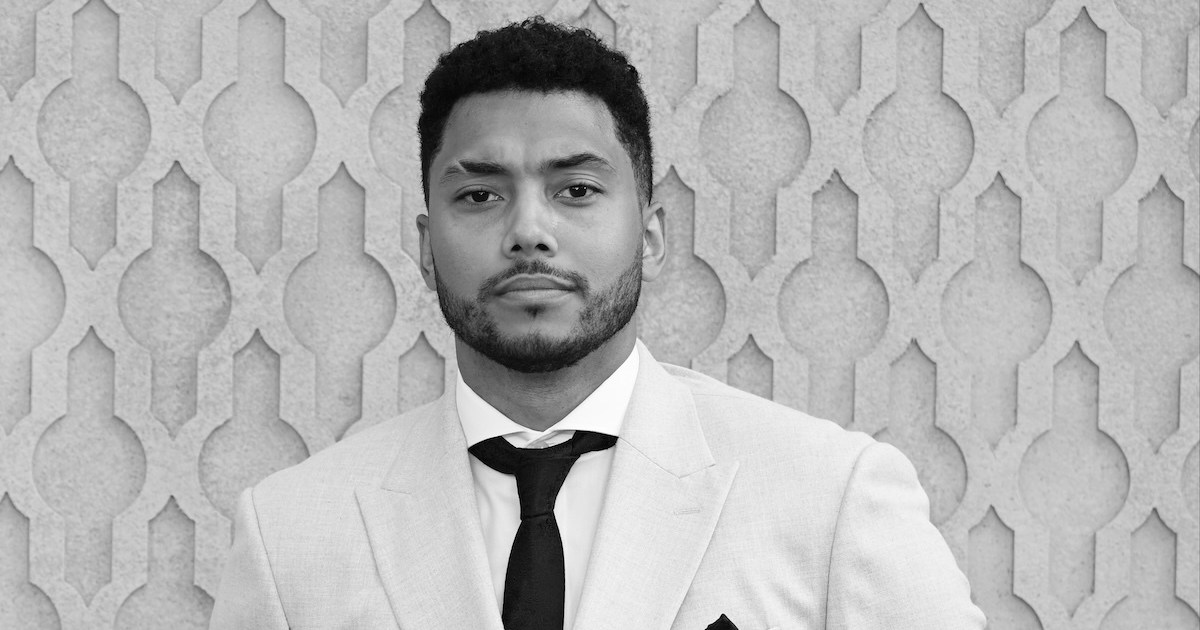It is the 18th century, and Charlotte — a beautiful, headstrong, biracial 17-year-old German princess — has been hastily promised in marriage to George, the young king of England, but since he’s a complete stranger, Charlotte wants out. Shipped off to the palace in London to meet the man she is to wed, she plans to flee and has made her way to a tall garden wall, with freedom on the other side.
A young man appears — smiling, very handsome — and their banter is infectious. Yet he refuses the lady’s request for help in climbing over the wall. No wonder. His name is George, and he’s just met-cute the woman he’s destined for. For her part, Charlotte is aghast and wonders, with thoughts of King Henry VIII in her mind, will she be beheaded? More like beloved.
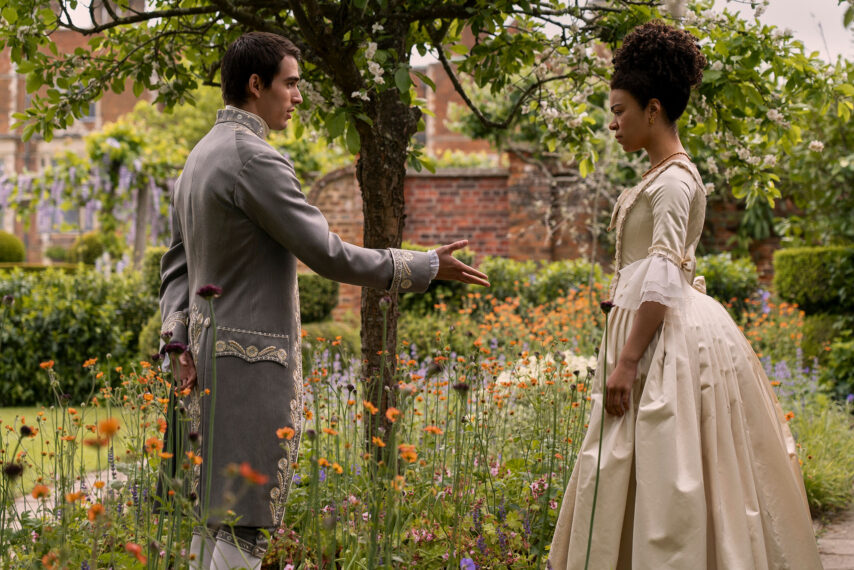
If this scene smacks of the humor and heart of Netflix’s megahit series Bridgerton, there’s good reason. It comes early in Queen Charlotte, creator Shonda Rhimes’ limited series prequel that tells the tale of how Bridgerton’s imperiously regal royal with the wicked wit and towering wigs first finds love, and how she fords the racial divide, leading a society where ethnicity plays no part in aristocracy.
“I see this show as a deep dive into the queen’s private life,” says Golda Rosheuvel, who deliciously portrays the mature Charlotte in both the original series and this six-episode entry.
Rather than a straight narrative, this spinoff of the sumptuous period drama takes viewers back and forth between the Regency era of Bridgerton and 30-plus years earlier, when Princess Charlotte (India Amarteifio, Sex Education) first encounters reigning monarch George III (Corey Mylchreest, The Sandman). “I wanted to explore how Charlotte came to be who she was,” says Tom Verica, an exec producer, and director on both series.
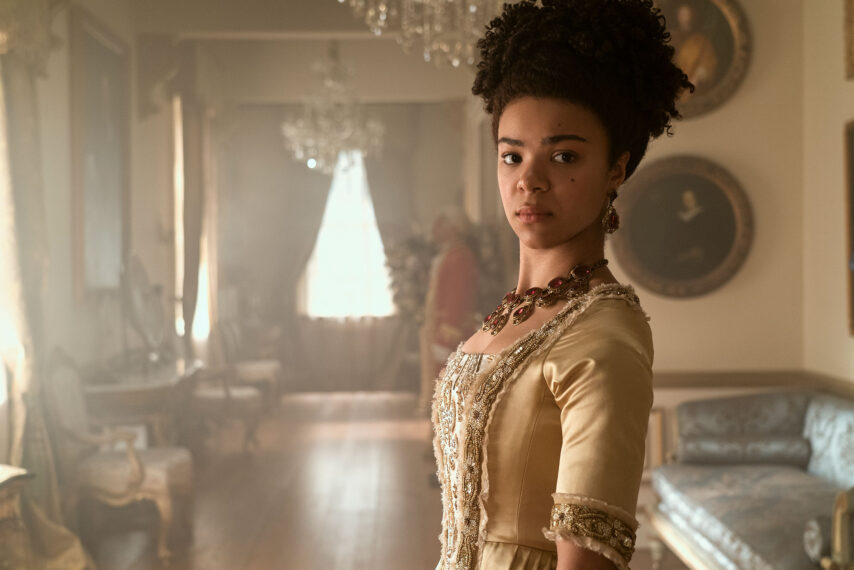
Of course, Queen Charlotte doesn’t dare stray far from the elements that made the Netflix costume drama a worldwide sensation: glittery balls shot in splendid castles with ornately attired, gossiping aristocrats in attendance — not to mention the swoony sex scenes!
But in both timeframes, the series explores the pull between a royal’s sense of love and duty (a balancing act very much a part of another British Netflix hit, The Crown). In the earlier time, Charlotte is reminded by the king’s mother, Dowager Princess Augusta (Michelle Fairley, Game of Thrones), that her job is to make plenty of babies. In the later-set time, the desperate queen solicits the help of Violet Bridgerton (Ruth Gemmell) and Lady Danbury (Adjoa Andoh) for tips on how to convince her own 12 wayward adult kids to produce at least one legitimate heir to the throne. (The sons’ numerous children with mistresses don’t count.) “This is a mother desperately trying to understand her children, not having much connection with them because of her [job],” says Rosheuvel.
Bridgerton fans will also get to see how the integrated nature of the ton — a Rhimes invention not part of Julia Quinn’s bestselling novels — also came to be. While Charlotte, with her Moorish blood and darker skin color, wasn’t quite welcomed at court by the king’s mother, Princess Augusta realizes she can’t reject her son’s match due to an agreement between the two nations. So she creates “The Great Experiment” by raising up wealthy citizens of color as newly minted lords and ladies to back up Charlotte. “Race is a huge factor,” Amarteifio says. “Charlotte is coming to a society where [most] people around her don’t look like her.”
Queen Charlotte: A Bridgerton Story, Series Premiere, Thursday, May 4, Netflix
This is an abbreviated version of the cover story for TV Insider’s May issue. For more in-depth, reported coverage devoted to streaming shows from the publishers of TV Guide Magazine, pick up the issue, currently on newsstands or purchase it online here. You can also subscribe to TV Insider Magazine here now.






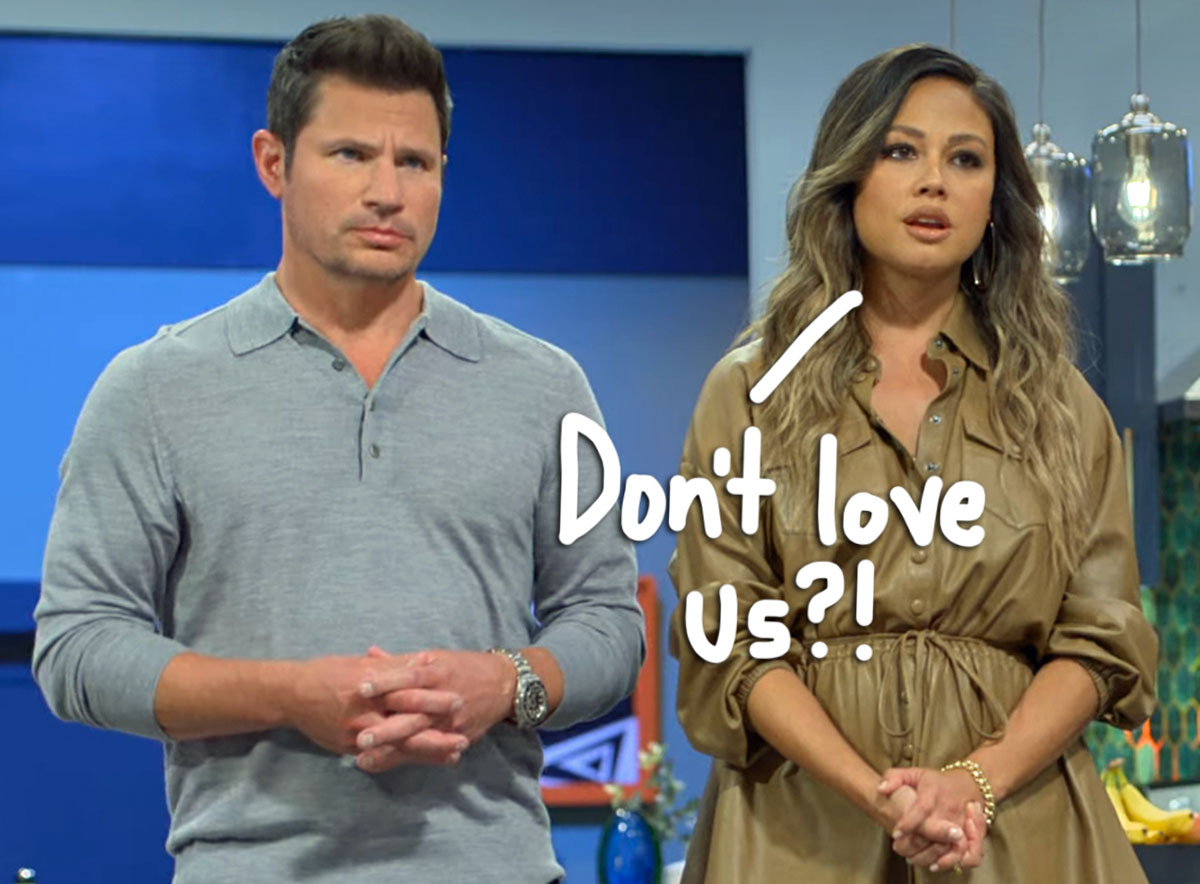
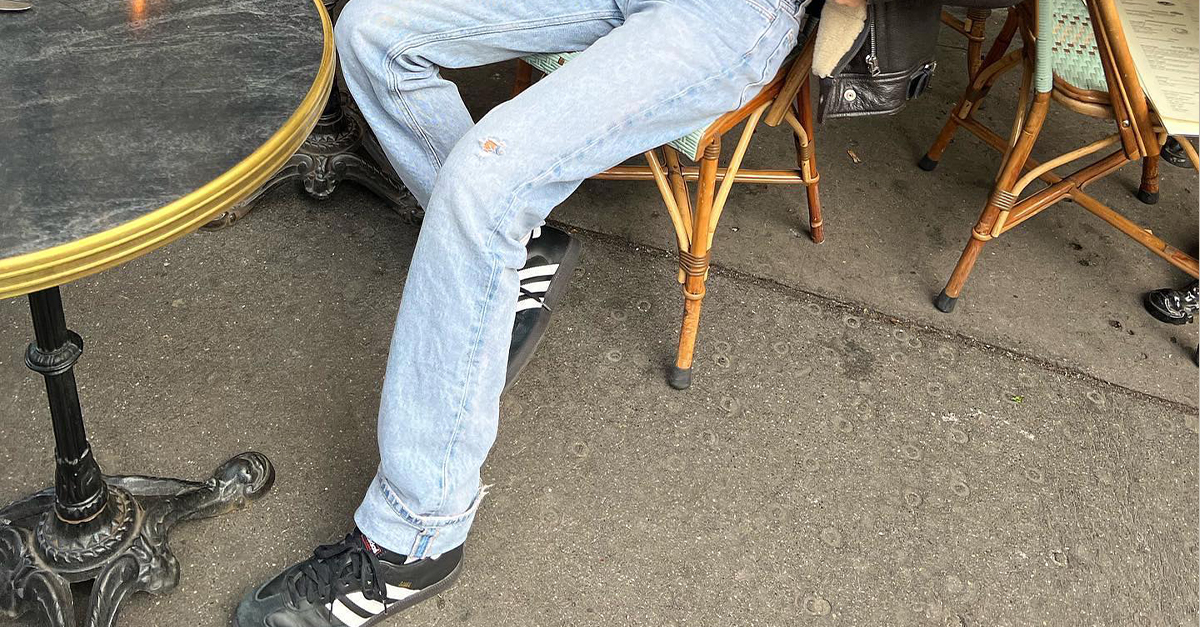











![“[Go] Berserk on the Skulls of the Democrats” “[Go] Berserk on the Skulls of the Democrats”](https://consequence.net/wp-content/uploads/2021/04/Ted-Nugent.jpg?quality=80)

